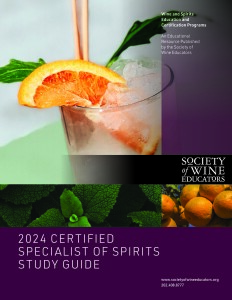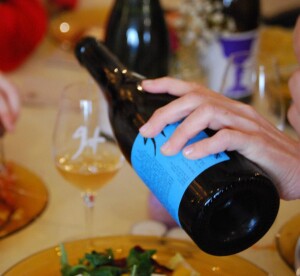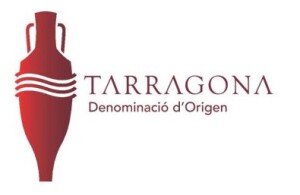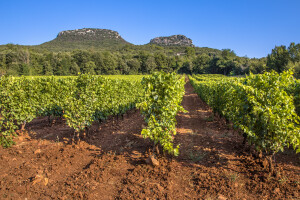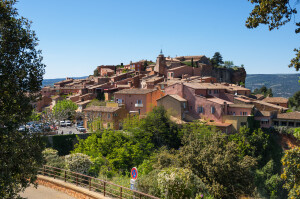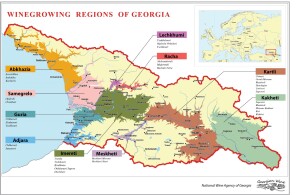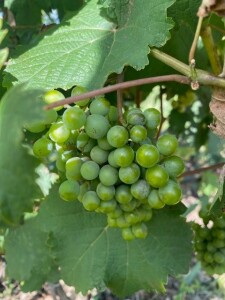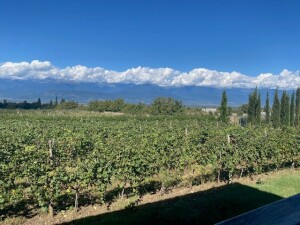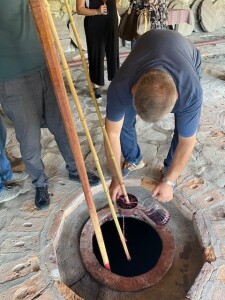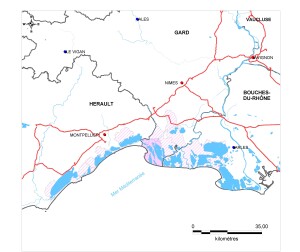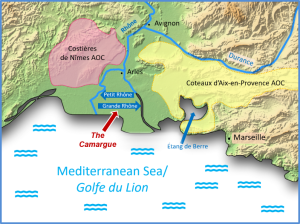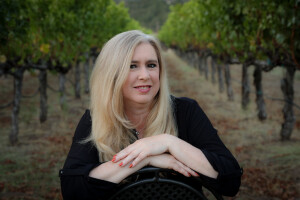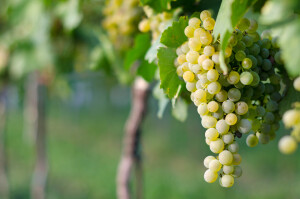 Welcome to the World, Emilia-Romagna DOC!
Welcome to the World, Emilia-Romagna DOC!
Also known as: The Pignoletto Chronicles or Pignoletto: It’s a Grape (not a Place)!
First things first: we are here to announce a significant event…the EU has approved and registered a new Denominazione di Origine Controllata (DOC) appellation for Italian Wines: The Emilia-Romagna DOC. This new appellation is approved for white wines based on the Pignoletto grape variety. A range of white wine styles are allowed—including dry-and-still (non-sparkling) wine, sparkling wine, frizzante (slightly sparkling/fizzy) wine, and passito (dried-grape, sweet) wine. These wines will be labeled with some variation of the term Emilia Romagna Pignoletto DOC.
Be advised, however, that the story behind this new appellation is long, complicated, and fascinating. TL/DR: It’s complicated, but the Pignoletto DOC was never approved by the EU, and has changed its name to Emilia-Romagna DOC (which has been approved by the EU).
Here goes…after several years of deliberation, the EU has spoken, and they have decided that Pignoletto is a grape, but not a place (and it cannot be an appellation). In accordance, the use of the term Pignoletto cannot be limited to any certain location, and the EU has denied Italy’s request to create the Pignoletto DOC. In addition, the disciplinare for the Pignoletto DOC has been removed from the website of Italy’s Ministry of Agriculture.
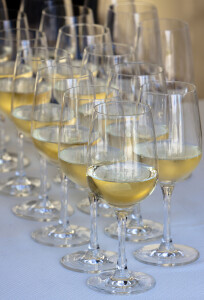 The rest of the story: Italy’s Ministry of Agriculture made an application (to the EU) back in 2014 for a new appellation to be known as the Pignoletto DOC. This occurred when it was discovered that the variety known in Emilia-Romagna as Pignoletto is identical to Grechetto di Todi, and nearly identical to Grechetto di Orvieto—a grape widely grown in Umbria and Marches (and elsewhere). In an attempt to limit the use of traditional name (Pignoletto) to the central area of Emilia-Romagna, a new appellation was proposed: Pignoletto DOC.
The rest of the story: Italy’s Ministry of Agriculture made an application (to the EU) back in 2014 for a new appellation to be known as the Pignoletto DOC. This occurred when it was discovered that the variety known in Emilia-Romagna as Pignoletto is identical to Grechetto di Todi, and nearly identical to Grechetto di Orvieto—a grape widely grown in Umbria and Marches (and elsewhere). In an attempt to limit the use of traditional name (Pignoletto) to the central area of Emilia-Romagna, a new appellation was proposed: Pignoletto DOC.
At the same time, a modification to the Colli Bolognesi DOC was published. The idea was that all of the Pignoletto-based wines—including dry, still, sparkling, and sweet styles—previously produced in the Colli Bolognesi DOC (and surrounding areas) would be labeled under the Pignoletto DOC. This would, in theory, define Pignoletto as a region, and as such, other areas would be prohibited from using the term Pignoletto to refer to Grechetto grapes.
The proposed modifications to the Colli Bolognesi DOC were accepted and registered by the EU in 2014. As a result, the Colli Bolognesi DOC is now approved for the production of red, white, and sparkling wines from a range of approved grapes; these include Chardonnay, Sauvignon Blanc, Trebbiano, Pinot Blanc (Pinot Bianco), Barbera, Merlot, and Cabernet Sauvignon—but NOT Pignoletto.
However, as we now know, the EU chose NOT to approve the registration of the Pignoletto DOC. This left Italy with a conundrum: should they re-consolidate the separated DOCs? That sounds complicated and fails to solve the unique Problema Pignoletto. Accordingly, a relatively simple solution was suggested: change the name. What could have/would have been the Pignoletto DOC will move forward as the Emilia-Romagna DOC.
Note: Another Pignoletto-based appellation—the Colli Bolognese Pignoletto DOCG—was created in 2004. The Colli Bolognesi Pignoletto DOCG is an ultra-small production appellation approved for Pignoletto-based white wines only (dry or off-dry [non-sparkling] wines only). The Colli Bolgonese Pignoletto DOCG has stricter standards—as per yield, planting density, and aging) as compared to the Pignoletto-based wines of the larger Emilia-Romagna DOC.
It was a long and winding road, but…Welcome to the World, Emilia Romagna DOC!
References/for more information:
Post authored by Jane A. Nickles…your blog administrator: jnickles@societyofwineeducators.org
